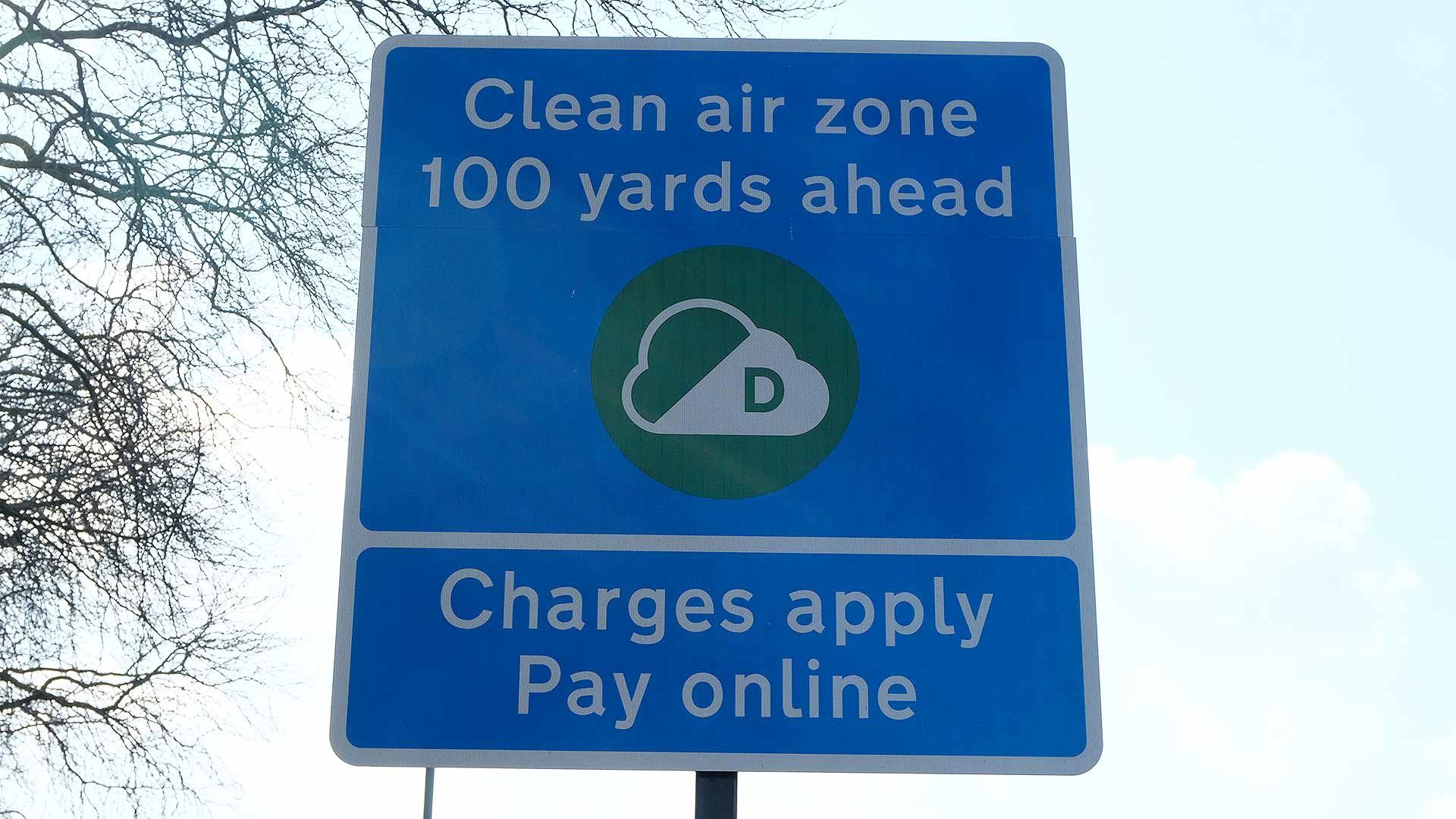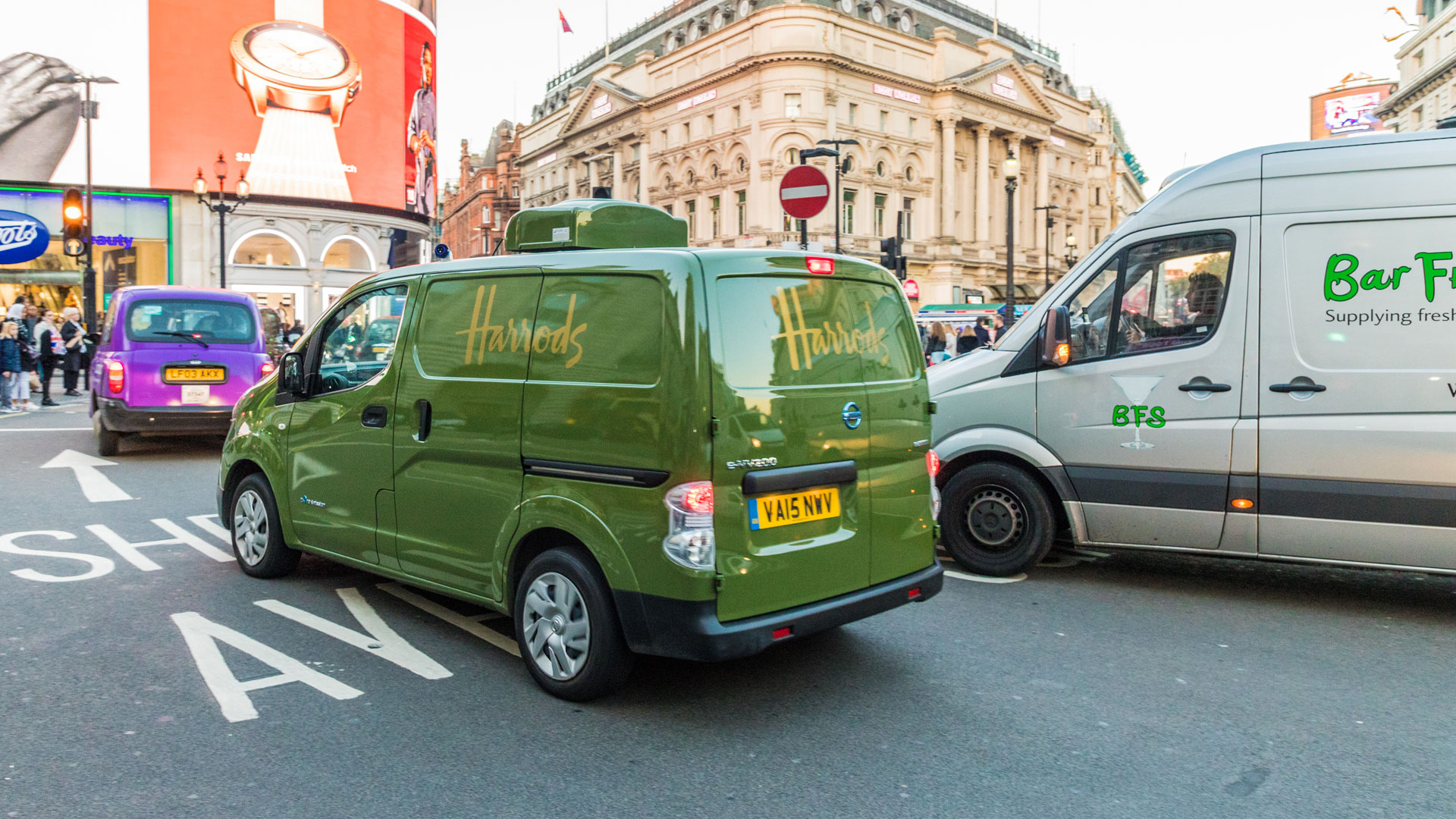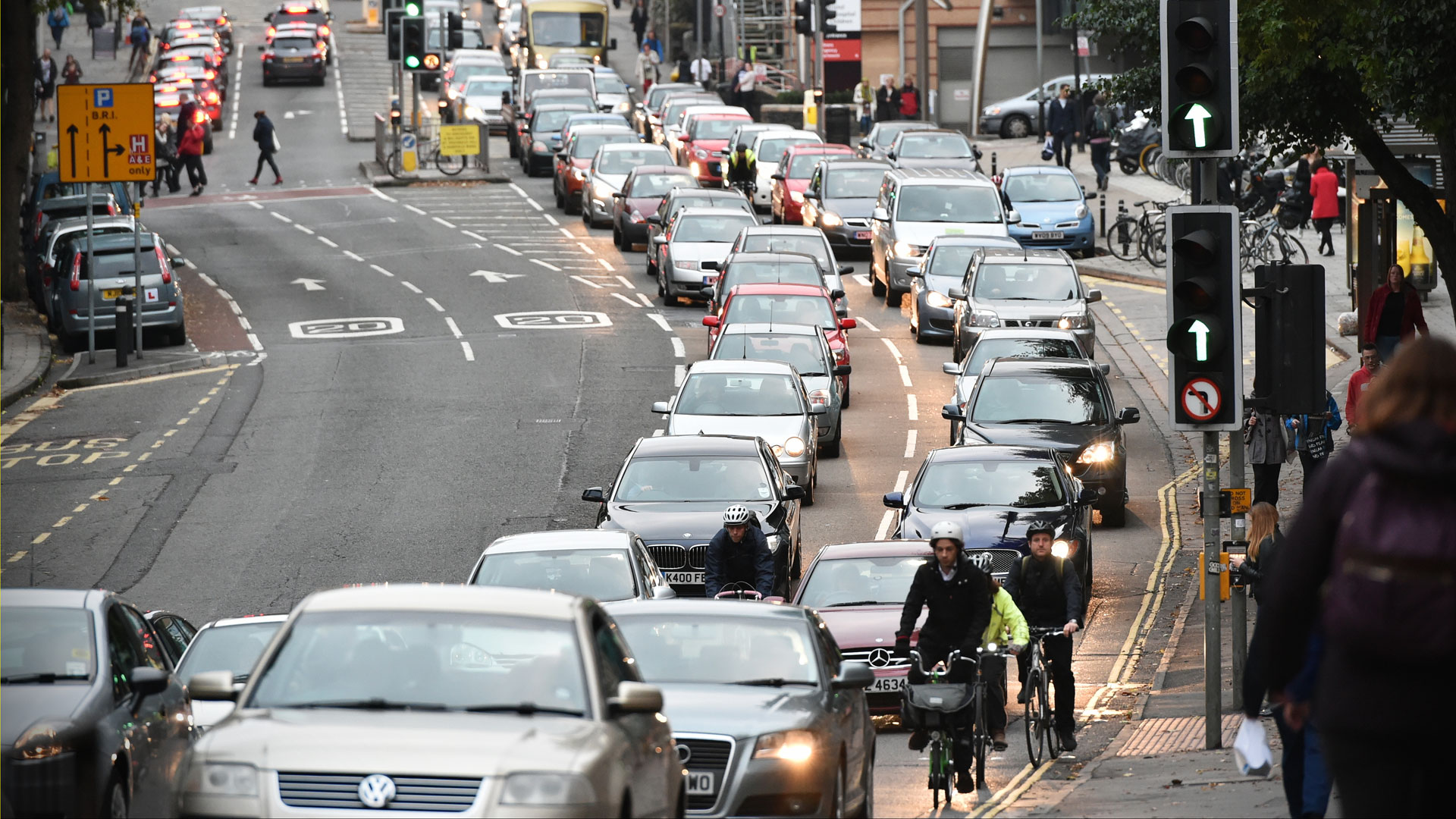
A Clean Air Zone (CAZ) is defined as an area, usually within a city or urban location, in which targeted action has been taken to improve air quality.
Clean Air Zones aim to address all sources of air pollution, including nitrogen dioxide and particulates, reducing public’s exposure to them. Oxford has recently gone one further by introducing a full Zero Emission Zone (ZEZ) in the city.
Here, we’ll explain the different categories of CAZ, along with what the ZEZ means for Oxford.
Non-charging Clean Air Zones
These are geographic areas, normally city centres, used as a focus for action to improve air quality. The are various measures open to the local authority, but charging a fee for entry into the CAZ isn’t one of them.
Charging Clean Air Zones
These are zones where motorists are required to pay a fee to enter or move within an area if they are driving a vehicle that does not meet a particular ‘Euro’ exhaust emissions standard.
Classes of Clean Air Zones

There are four classes of Clean Air Zone – A, B, C and D – and a local authority can decide what level of restrictions to apply.
Note: Class D is the only CAZ to include cars.
- Class A: buses, coaches, taxis and private hire vehicles:
- Buses and coaches: Euro 6
- Taxis and private hire vehicles: Euro 6 (diesel) and Euro 4 (petrol)
- Class B: buses, coaches, taxis, priviate hire vehicles and HGVs:
- Buses, coaches and HGVs: Euro 6
- Taxis and private hire vehicles: Euro 6 (diesel) and Euro 4 (petrol)
- Class C: buses, coaches, taxis, private hire vehicles, HGVs and LGVs:
- Buses, coaches and HGVs: Euro 6
- Large vans, minibuses, LGVs, taxis and private hire vehicles: Euro 6 (diesel) and Euro 4 (petrol)
- Class D: buses, coaches, taxis, private hire vehicles, HGVs, LGVs and cars:
- Cars: Euro 4 (petrol), Euro 6 (diesel)
- Buses, coaches and HGVs: Euro 6
- Large vans, minibuses, LGVs, taxis and private hire vehicles: Euro 6 (diesel) and Euro 4 (petrol)
- Motorcycles and mopeds (optional): Euro 3
This is just an overview of the different classes. For a more in-depth description, read the government’s framework.
Where are Clean Air Zones?
A number of cities were required by the government to either reduce air pollution or carry out feasibility studies to determine whether or not a CAZ was required.
Here, we list all the schemes that are currently live or set to go ahead in 2022.
Bath
Bath has introduced a Class C Clean Air Zone, meaning charges only apply to taxis, vans, buses, coaches and HGVs that do not meet the required emission standards. Drivers of private cars and motorcycle riders don’t have to pay, even if using their vehicle for work.
Birmingham
The Birmingham Clean Air Zone went live on 1 June 2021. It covers everywhere within the A4540 Middleway ring road – but not the Middleway itself.
Non-compliant cars, taxis and LGVs will be subject to a daily charge of £8, rising to £50 per day for HGVs, coaches and buses. Failure to pay the charge results in a £120 fine, which is reduced to £60 if paid within 14 days.
The City is working with car supermarket Motorpoint to offer those who work within the CAZ a £2,000 scrappage scheme to trade in their non-compliant car.
Click here for more information on the Birmingham CAZ and how it affects you.
Bradford
Bradford is introducing a Class C+ Clean Air Zone in spring 2022. It covers the area inside – and including – the Bradford outer ring road. It also extends out along the Aire Valley corridor to include Shipley and Saltare – here’s a full map of the Bradford Clean Air Zone.
The lead-in period was extended but the city has now launched its Breathe Better Bradford website with all the information.
Bristol
Bristol plans to introduce a Class D Clean Air Zone in summer 2022. The planned charge will be £9 per day for private cars, rising to £100 for coaches and HGVs. Bristol City Council says it will allow drivers of older cars to apply for a one-year exemption from the charge.
Greater Manchester
The Greater Manchester Clean Air Zone goes live on 30 May 2022. It is a Class C Zone. It will be the largest in England, covering 10 areas: Bolton, Bury, Oldham, Rochdale, Stockport, Tameside, Trafford, Wigan and the cities of Manchester and Salford.
Greater Manchester leaders are keen to stress private cars, motorbikes and mopeds are not affected by the charge.
Portsmouth
The Portsmouth Clean Air Zone launched on 29 November 2021. It is a Class B Zone.
Other Clean Air Zones

London’s Ultra Low Emission Zone (ULEZ) came into force in April 2019, with non-compliant vehicles charged £12.50 for entry into the city.
Sheffield City Council plans to introduce a Class C Clean Air Zone in late 2022, with polluting HGVs, buses, coaches, LGVs and taxis charged to enter the inner ring road and city centre. The city will not charge drivers of private cars, though, saying: “Private cars make up 80 percent of road traffic, but only contribute 50 percent of the pollution”.
Local authorities in the North East have announced plans for a Tyneside charging CAZ and a Low Emission Zone (LEZ) in Newcastle. They won a court challenge against the schemes, but the process has been delayed by other legal issues.
Further schemes are also expected in Cambridge, York, Edinburgh, Dundee and Aberdeen. Watch this space.
Will Clean Air Zones become the norm?
With the government under pressure to improve air quality, other towns and cities are expected to introduce Clean Air Zones or their own interpretations of the schemes. In the future, paying a fee to enter an urban area might become the norm rather than the exception.
Dirty air is linked to 40,000 early deaths every year in the UK, with 70 percent of people urging the government to take action.
What is a Zero Emission Zone?
Oxford is the first UK city to introduce a Zero Emission Zone. A pilot scheme went live on 1 March 2022, with a wider scheme covering the whole city centre due to follow next year.
Only pure electric zero-emission cars can enter the ZEZ, which includes Queen Street and Cornmarket, for free. All other vehicles will be charged between £2 and £10 per day, with automatic number plate recognition (ANPR) cameras used to enforce the zone.
ALSO READ:
What is The Highway Code Hierarchy of Road Users?
[…] The Government proposed CAZs as areas that aim to “improve the urban environment to support public health and the local economy, making cities more attractive places to live, work, do business and spend leisure time. They support cities to grow and transition to a low emission economy thus ensuring these benefits are sustainable for the long term”, as discussed in Motoring Research. […]
I purchased a second hand Citroen DS3 Diesel and was told the emission is so low there was no road fund licence to pay yet when i put the reg in to check it says i have to pay £10 for Birmingham WHY WHY WHY
Carlos Rodrigues
I have 1996 Fiat Punto 1.4 GT
that time already my car come equipped with catalyser, air cooler, oil cooler ,injectors etc.
This car i bring from Portugal for that is left hand ,drive in U.K for the last 14 years.
If my car is old to be running in U.K roads then I’m old to walk in U.K cities like London.
Also note there is cars with recent plates have high emissions then my car .
Unless U.K have solution for cars with 26 years old I mean DVLA.
Thank you for your concerned.
We share your frustration Carlos… and love the sound of your Punto! Do please tell us more!
all this to fund the state budget, don’t be stupid they want to force people to buy newer things then you pay tax. the government likes you as long as you pay, and if you save and do not want to spend, you are worthless to them
It’s all about filling black holes in local councils financials